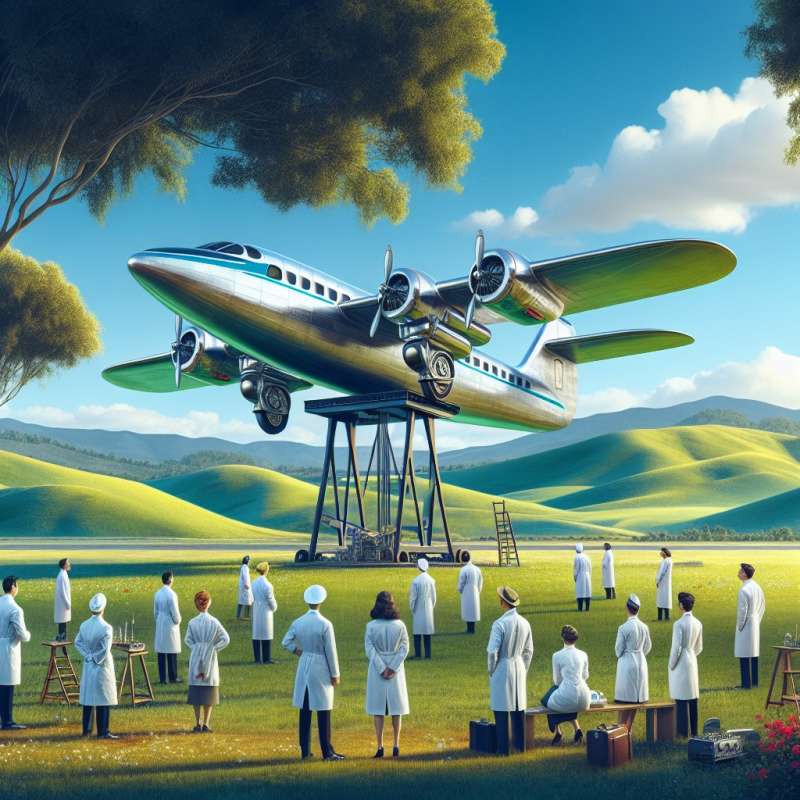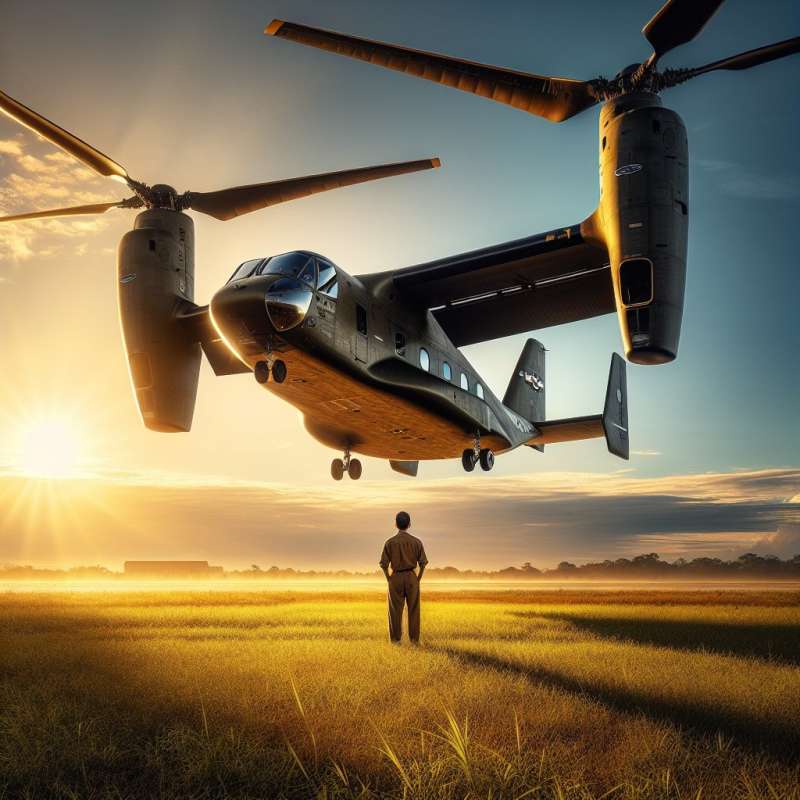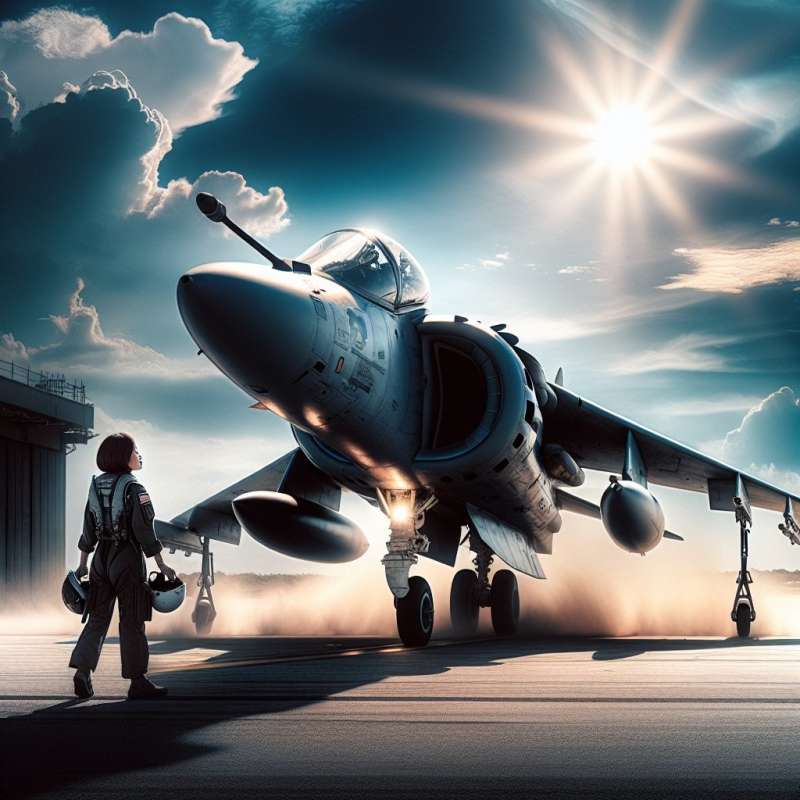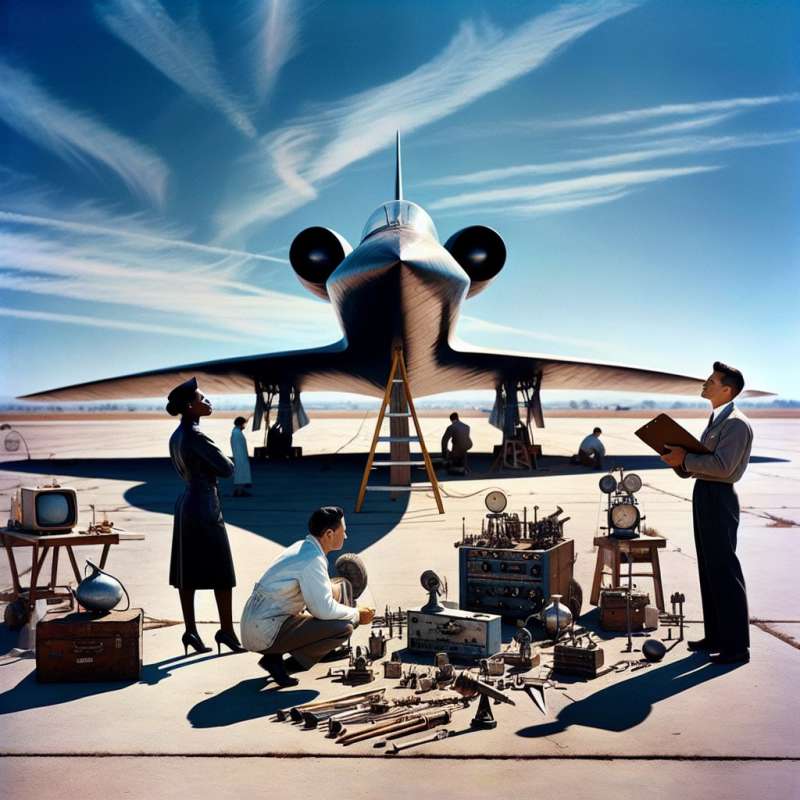
Early VTOL Concepts
The history of VTOL planes began in the early 20th century. Designers like Nikola Tesla envisioned aircraft that could take off vertically. However, practical designs didn't emerge until the 1950s with prototypes like the Convair XFY Pogo.
Tiltrotor Innovations
The tiltrotor concept revolutionized VTOL technology. The Bell XV-3, first flown in 1955, demonstrated the feasibility of combining helicopter and airplane capabilities, paving the way for the modern V-22 Osprey used by the U.S. military.
Harrier Jump Jet's Impact
The Harrier Jump Jet, introduced in the 1960s, became the first successful operational VTOL jet. Its unique vectored thrust system allowed for unprecedented flexibility in combat, influencing future VTOL designs and military strategy.
Experimental VTOL Projects
Beyond well-known models, numerous experimental VTOL projects have pushed boundaries. The Ryan X-13 Vertijet, for example, was a tail-sitting jet tested in the 1950s that could take off and land vertically, albeit with limited practical success.
Future of VTOL Technology
Advances in electric propulsion and autonomous systems are shaping the future of VTOL. Companies like Joby Aviation and Lilium are developing electric VTOL (eVTOL) aircraft, promising quieter, more efficient urban air mobility solutions.UFO-Inspired VTOL Design
The Avrocar, a 1950s VTOL prototype, was shaped like a flying saucer. It aimed to replace helicopters but proved unstable, resembling sci-fi UFOs more than practical aircraft.
Which designer envisioned early VTOL aircraft?
Nikola Tesla
Thomas Edison
Alexander Bell
Company